The Relationship Between Exercise and Fertility
Monday, May 22, 2023
If you are trying to conceive or want to improve your chances of conceiving in the future, it’s important to understand that your fertility can be greatly influenced by your health. When your body is dealing with less-than-ideal nutrition, lack of exercise, or high emotional stress levels, it can affect your likelihood of getting pregnant. The reality is that you don’t have control over everything but by focusing on healthy lifestyle choices, you can get started on the best path forward. Remember that exercise is only one factor that we look at when discussing fertility issues.
Effect of exercise on fertility
Exercise can affect fertility because exercise has effects on multiple female hormones. This includes estrogen, progesterone, and testosterone as well as hormones like cortisol and insulin. These all influence ovulation, the release of an egg, and generally improve pregnancy rates and outcomes.
Benefits of moderate exercise while trying to conceive
When it comes to exercise and fertility, finding the right balance is key. It’s important to consider the type, intensity, duration and frequency of your workouts to ensure that you are supporting your fertility goals.
For starters, it can help improve insulin sensitivity, which can be especially important for women with polycystic ovary syndrome (PCOS). Exercise can also help reduce stress and regulate menstrual cycles, which can have a positive impact on fertility. You shouldn’t overlook the fact that regular exercise can help boost mood and overall wellness. Being in good health and good spirits can affect fertility directly and indirectly.
Regular exercise reduces the incidence of ovulatory disorders. Regular activity stimulates egg production.
An exercise program that includes regular aerobic activity of at least 30 minutes per day is enough to help improve ovulation rates in heavier women. This may also lead to weight loss. Even a small weight loss of 5-10% can improve rates of ovulation.
Engage in moderate exercise. This can include activities such as brisk walking, swimming, cycling or yoga. These types of exercises can help improve insulin sensitivity, reduce stress and regulate menstrual cycles, all of which can support fertility.
Kegels are good exercises for women trying to conceive. Squatting exercises are good to strengthen core muscles and the pelvic floor.
Whilst it is generally ok to work out whilst trying to conceive, the exception to this can be if you are going through IVF.
One study found that women who were active during the process were no more likely to have a successful pregnancy than those who did no exercise. They actually found that intense exercise could negatively impact fertility and the chances of IVF working.
Some doctors will recommend avoiding exercise completely during certain stages of the IVF process. You may be advised to refrain from working out for a week or so before egg retrieval and up to 10 weeks after embryos transfer.
3 top tips for being more active
Incorporate exercise into your daily routine
Start by doing any moderate activity that will raise your heart rate, make you breathe faster and feel warmer. Try using your one hour of outside time a day to get outside for a walk or run.
Mix in some strength exercises twice a week or more
Try and work all of the major muscles as you prepare your body for pregnancy like lifting weights.
Start to introduce more vigorous activities
This means any exercise that makes you breathe hard and fast.Good examples include: jogging or running, aerobics. A small amount of women who exercise vigorously on most days of the week, such as competitive athletes, may be advised to cut their exercise for fertility to a moderate level if they are having problems getting pregnant.
Before starting, talk to your general physician about your overall health and any underlying conditions. You could also consult with a trainer to select the most effective options.







